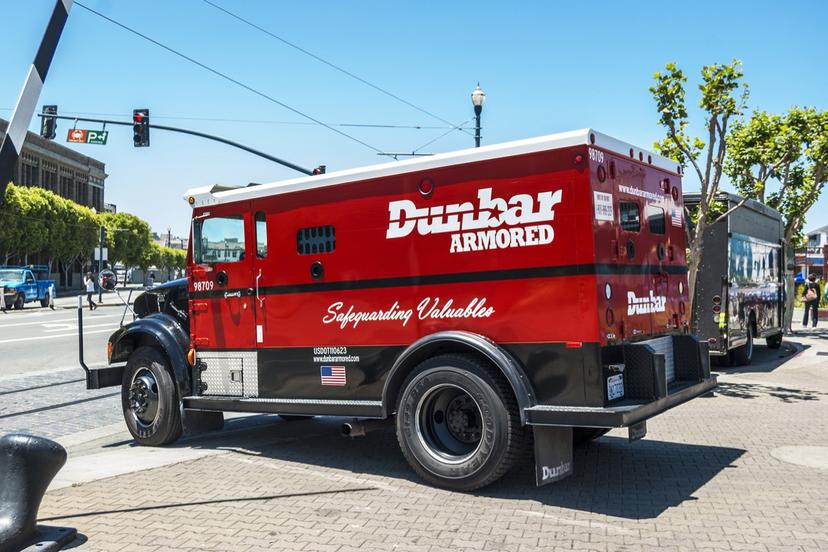Security and Investigation

Structure
The investigation, guard, and armored car services industry employs about 808,760 workers, of which 687,470 (85 percent) are security guards. Another 14,010 (1.73 percent) are private detectives and investigators, and 37,090 (4.59 percent) are in first-line supervisory positions. A few thousand workers are employed as secretaries and clerks.
As the name implies, the investigation, guard, and armored car services industry has three major components. Most private investigation establishments are small operations, and in fact many have only one paid employee. The largest sector, security guards and gaming surveillance officers employ more than 1.1 million people as of 2019, and looks to increase 4 percent by 2028. This industry sector is dominated by large brands, with most of the revenue going to the top firms, such as G4S and Securitas, among others.
Security guards include both the workers who are stationed at a property, such as a bank or shopping mall, and those who monitor alarms and closed-circuit TV displays. Bodyguards are sometimes assigned to defend individuals. Some guards work around armored cars, picking up and dropping off money and other valuables. The bulletproof vests they wear and firearms they carry are necessary because this is a very hazardous occupation, with about five robbery-related deaths per year.
More than 1.1 million security guards are employed in the U.S. Security guard companies such as Securitas, G4S, Allied Universal, and Brink's control a large percent of the market for these guards' services. The remainder of security guards are not employed by a business in this industry but rather by the organization where they work. The industry clusters with the highest concentrations of security guards are retail, restaurants, and food service; casinos, hospitality, areas, and entertainment; and health care, medical centers, and hospitals.
Employers of security guards generally do not require any education beyond high school. New hires usually receive on-the-job training. Licensing requirements vary among states; many states require a license for firms that contract the services of guards. Because the military trains all recruits in firearm use and some specifically as guards, this occupation is one of the most frequent employers of recent veterans.
The Bureau of Labor Statistics reports that there are a total of 33,000 people who work as private detectives and investigators, of which 35 percent (14,010) work for the investigation and security services industry. The rest work in various industries. For example, some work for law offices, often gathering information to use in court proceedings. About 10 percent for finance and insurance companies.
Employers provide on-the-job training and do not demand any particular educational background for many of the jobs. For corporate work, a bachelor's degree is often required, and more than one-third of workers hold a bachelor's degree. An accounting degree, for example, can be required for some jobs. Computer forensic investigation requires a high level of skill and constant training to keep abreast of the latest software environments and up-to-date methods of fraud detection. Some specialists learn the skills in a university, and others acquire experience at a law enforcement agency and then move to the private sector. A license is required in many states.
The security systems service industry employs more than 148,520 workers, less than one-fifth the number who work in the investigation, guard, and armored car services industry. About 44,560 (30 percent) of the workers install and repair alarm systems, and another 5,000 (3.37 percent) supervise these installers and repairers. More than 17,380 workers (11.7 percent) are employed in sales, either to businesses or to consumers. Another 36,570 (24.62 percent) do office and administrative support work for the industry.
Of the 71,600 workers employed as security and fire alarm systems installers, nearly 5 percent work for the investigation and security services industry. Most of the rest work in construction and facilities support services. Training programs for certification by industry organizations are available both in classrooms and online. Most states require installers to be licensed. Employers provide some on-the-job training to familiarize new hires with specific hardware and software systems.
